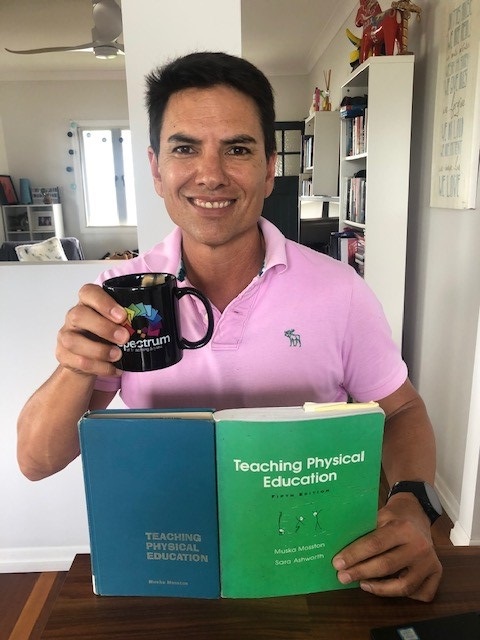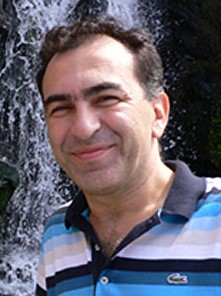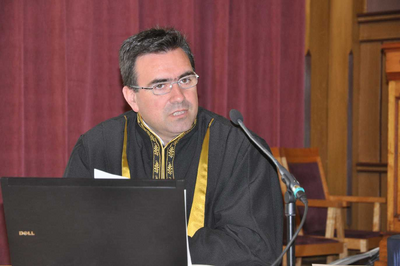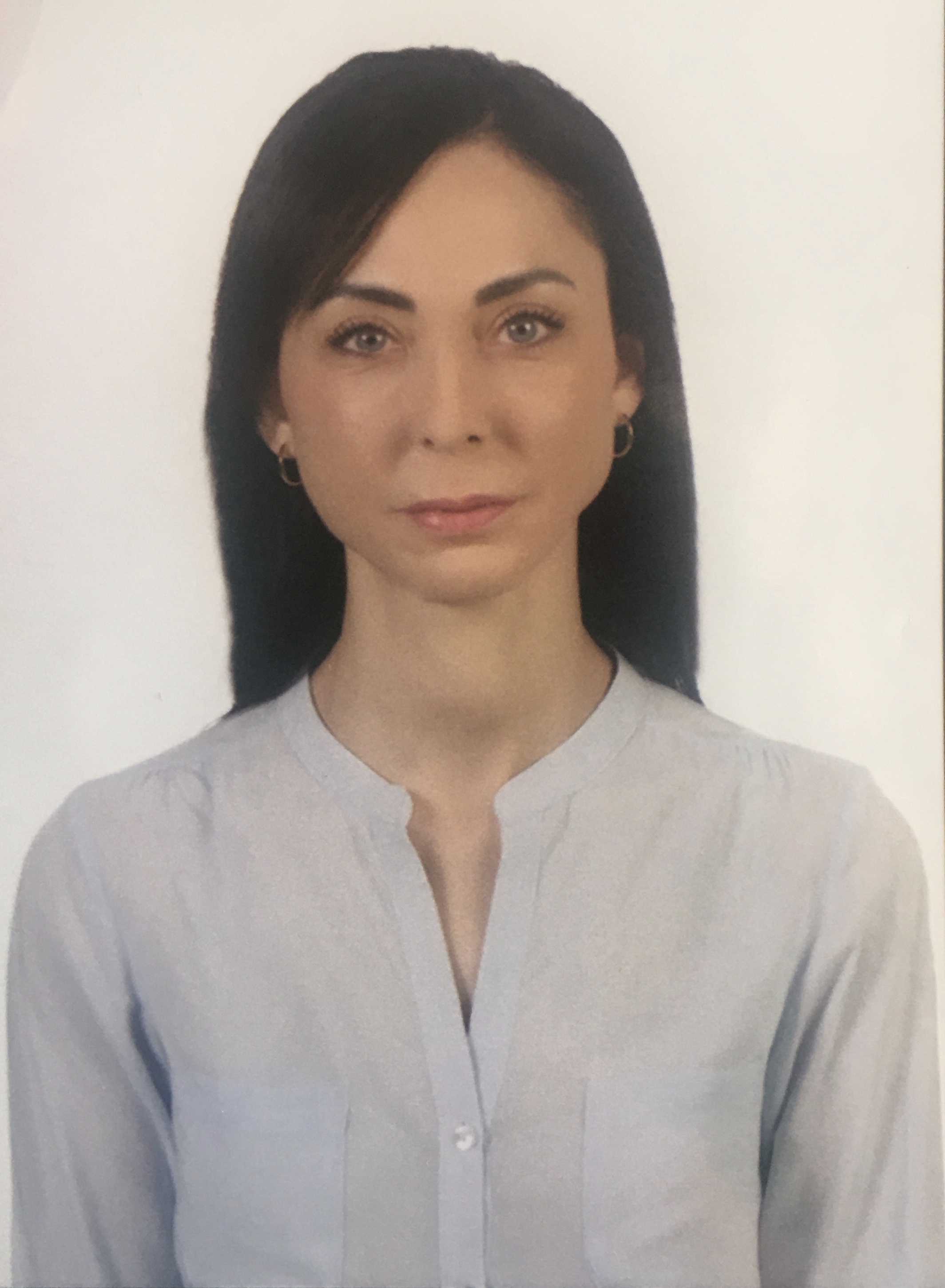Title of Article
Perceived use and value of Reproductive, Problem-Solving, and Athlete-Initiated Teaching by Coaches and Athletes
Published In
Frontiers in Psychology
Authors

Koray Kılıç
Kırşehir Ahi Evran University

Mustafa Levent Ince
Middle East Technical University
Synopsis
In the sports coaching environment, it is recognized that developing athletes’ autonomy and problem-solving skills are crucial to support holistic development and ensure optimal performance. However, there needs to be more information on how coaches use and value different teaching methods in training and how athletes perceive and value these methods. This study aimed to examine coaches’ and athletes’ perceptions of the use and value of reproductive, productive problem-solving, and productive athlete-initiated teaching methods. To this end, the Coaches’ Use of Teaching Methods Scale which is validated for the use of coaches and athletes, was applied to 70 coaches and their 294 athletes of youth sports teams purposefully selected from four cities in Türkiye. Data were analyzed by nonparametric methods, including Friedman’s and Mann–Whitney tests (p < 0.05). Although there were statistically significant differences between the responses of coaches and athletes regarding the use of different teaching methods in their training and the value they gave to these methods, both groups marked the frequent use of reproductive, occasional use of productive problem solving and rare use of productive athlete-initiated teaching methods during training. The value given to productive athlete-initiated teaching methods in terms of enjoyment, learning, and motivation by the athletes was higher than the value given to them by the coaches. The study’s findings strongly indicate the coaches’ professional needs in their pedagogical knowledge, specifically on their value perceptions of productive problem-solving and productive athlete-initiated teaching methods and the capacity to apply them.
Title of Article
Getting the Tip of the Pen on the Paper: How the Spectrum of Teaching Styles Narrows the Gap between the Hope and the Happening
Published In
Journal of Teaching in Physical Education, 2022, Volume 41, Issue 4, Pages 640-649
Authors

Brendan SueSee
University of Southern Queensland

Shane Pill
Flinders University

Michael Davies
University of Canberra

John Williams
University of Canberra
Synopsis
Purpose: In response to the limitations with what has been termed a “traditional” Physical Education method, in the last decade Models-Based Practice (MBP) has emerged as an alternative. However, these limitations were recognized by Mosston in 1966 and from which The Spectrum of Teaching Styles (The Spectrum) was presented as a means toward a more obvious educative focus in Physical Education. We propose that The Spectrum provides a bridge between the hope and happening of MBP suggested by Casey and colleagues. Method: Using a qualitative narrative approach, we construct a fictional discussion between two academics (one from a country with centralized, mandated curriculum and one without) through which to navigate the mythical island of quality Physical Education in order to analytically frame The Spectrum and the “happening” of teacher’s implementation of MBP. Use of a fictional dialogue as a qualitative instrument enabled us to be provocative through the posing of questions in a novel fashion. Results: We suggest adopting a nonversus perspective reorients the view of model fidelity and, The Spectrum provides the “how” or micropedagogies to close the gap between the “hope” and the “happening.” Conclusion: This conversation is timely considering reservations about the successfulness of “second-generation” MBP exist in the literature and evidence of the continuation of the historically common Physical Education method despite its well-recognized limitations.
Title of Article
Physical Education Teachers’ Use of Digital Game Design Principles
Published In
Journal of Teaching in Physical Education, 2021, Volume 40, Issue 1, Pages 1-9
Authors

Shane Pill
Associate Professor, College of Education, Psychology, and Social Work, Flinders University, South Australia, Australia.

Brendon Hyndman
Associate Dean (Research), Faculty of Arts and Education Department, Charles Sturt University, Australia.

Brendan SueSee
Senior Lecturer (Health and Physical Education), School of Education, University of Southern Queensland, Australia.

John Williams
Assistant Professor, Department of Health & PE and Teacher Education, University of Canberra, Australia.
Synopsis
Purpose: The research applies a multidisciplinary perspective to create knowledge and insight about the opportunities that digital game design principles offer to physical education (PE) pedagogy. <br>Methods: Data were initially collected through an appreciative inquiry (AI). AI offers an alternative research perspective to critical theory that has dominated the investigation of the work of PE teachers. This study uniquely used AI with a narrative approach and multidisciplinary analysis to examine two teachers’ use of digital game design pedagogy in PE. Results: It was found that the teachers were motivated to use digital game design principles to provide students with means to solve problems, manage learning motivations, evaluate progress, and gain control over their learning in ways that are not normally associated with the common PE method. Conclusion: The two examples provided illustrate the generative potential of AI research combined with a multidisciplinary perspective directed at examples of pedagogical change in PE.
Title of Article
Higher-Order Factors and Measurement Equivalence of the Spectrum of Teaching Styles’ Questionnaire across Two Cultures
Published In
Journal of Teaching in Physical Education, 2021, Volume 40, Issue 2, Pages 245-255
Authors

Ioannis Syrmpas
Department of Physical Education and Sport Science, University of Thessaly, Volos, Greece.

Athanasios Papaioannou
Faculty Member, Department of Physical Education and Sport Science, University of Thessaly, Volos, Greece.

Nikolaos Digelidis
Faculty Member, Department of Physical Education and Sport Science, University of Thessaly, Volos, Greece.

Gokce Erturan
Vice Chairman, Faculty of Sports Sciences - Physical Education and Sports Department, Pamukkale University, Turkey.

Mark Byra
Professor Emeritus, College of Health Sciences, University of Wyoming, Laramie, WY, U.S.
Synopsis
Purpose: This study aimed to test the invariance of perceptions of the Spectrum teaching styles across Turkish and Greek preservice physical education teachers and to examine whether the styles could be classified into two clusters through self-determination theory. Greek (n = 298) and Turkish (n = 300) preservice teachers participated. Method: Cothran, Kulinna, and Ward’s questionnaire based on teachers’ use of and beliefs about teaching styles was used to examine their perceptions of the styles. Results: Confirmatory factor analysis revealed 11 factor indices and parameter estimates, suggesting that the 11-factor model fit the data. Multigroup confirmatory factor analysis established metric measurement invariance across samples. Multigroup confirmatory factor analysis showed that, for all higher-order models, the minimum requirement for invariance factor loading was met. The model comparison revealed that the styles could be categorized into four clusters from less to more autonomy-oriented. Conclusion: These findings might be useful to practitioners who want to use teaching styles in the promotion of students’ motivation in physical education.